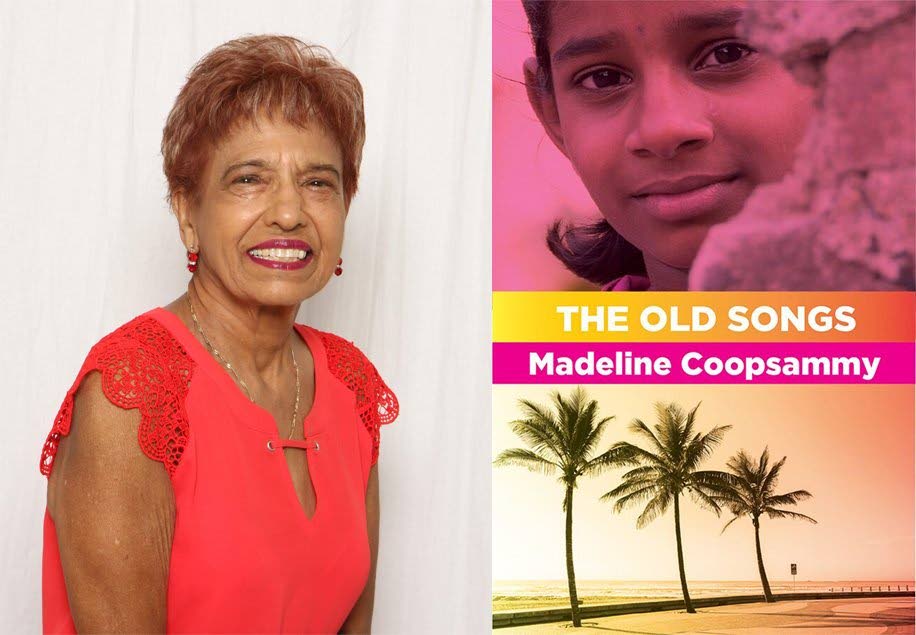The Old Songs overcomes challenges

IN The Old Songs, a coming-of-age novel by Madeline Coopsammy, Tessa Joseph and her East Indian family struggle to adjust to life in Port of Spain just before Independence.
Tessa’s widowed mother, Lucille, had grown up with a generation of Indian indentured servants who got their strength and support from their cultural ties, but Lucille must break with tradition in many ways to raise her children and give them better opportunities in life. For Lucille, survival means cultural adaptation, moving across town to a new house and even adopting a new religion so that her children can attend Catholic school.
Coopsammy faces all the challenges of writing a coming-of-age novel.
First, the trick is to show the cultural context that shaped the protagonist’s life without being too didactic. It’s the classic case of show-vs-tell so that readers can feel the protagonist’s story rather than be told about it.
Then there is the challenge of making a coming-of-age story equally appealing to readers both inside and outside the main character's cultural circle. Authors must weave cultural information through a novel seamlessly without breaking the narrative flow so that a foreign audience can understand the setting, but local audiences don’t feel they are receiving a lesson in their own culture. It is like embroidery. The stitches are there, but they are invisible to the naked eye because they combine to create a cohesive picture. If the author does not pull this off, the writing often feels stilted and didactic or preachy.
The Old Songs, published by Inanna Publications and Education Inc is able to tackle some of these challenges.
Dialogue must always propel a story forward. The dialogue in The Old Songs is often filled with anecdotes about the past, which impedes the forward movement of the story. Anecdotes are important, but they are better placed in narration where they don't interfere with the plot moving forward.
The novel is ambitious in its themes which include family, education, racism and independence. A chapter on Carnival and Hosay provides foreign readers with basic information about these cultural and religious events. I found the juxtaposition of these two chapters quite interesting for their discussions on religion vs entertainment and their ability to show the cultural complexity of Trinidad.
Like many novels The Old Songs could have been polished a bit more when it comes to narrative flow and structure. What I found most interesting in the novel was the author’s treatment of words she chose to feature from Trinidad dialect. She was very adept at showing how diction – particularly in dialect – creates meaning and a different level of understanding. Discussions about dialect revealed important cultural biases, which were crucial for understanding the story.
Discussions about migration at the end of the book created a full circle back to the beginning. In the end, Tessa faces the same heart-wrenching decision as her mother on whether she should move in order to better herself. For Tessa's mother, the move was merely across town. For Tessa, the move means studying abroad. She can’t imagine a life in which she won’t return to Trinidad. The question is, will the culture of Tessa’s childhood sustain those plans to return home after she garners new experiences abroad?
The Old Songs raises many questions about adapting to a changing culture.


Comments
"The Old Songs overcomes challenges"